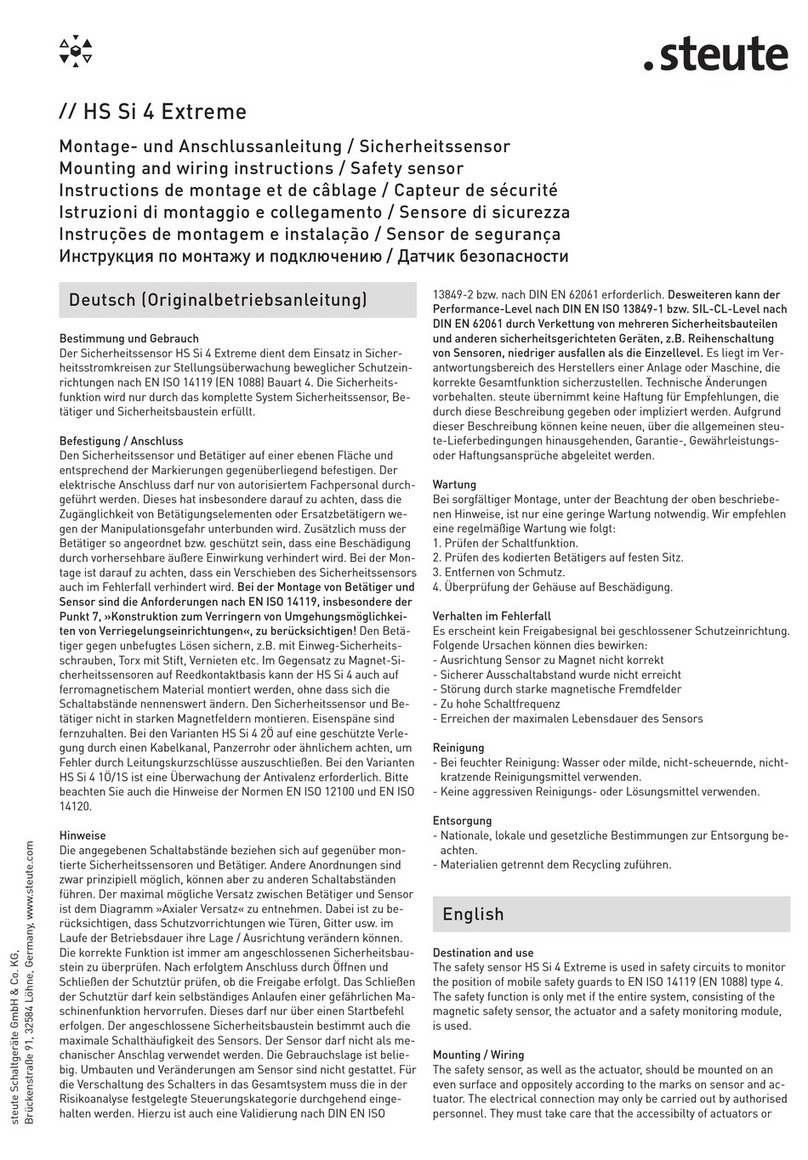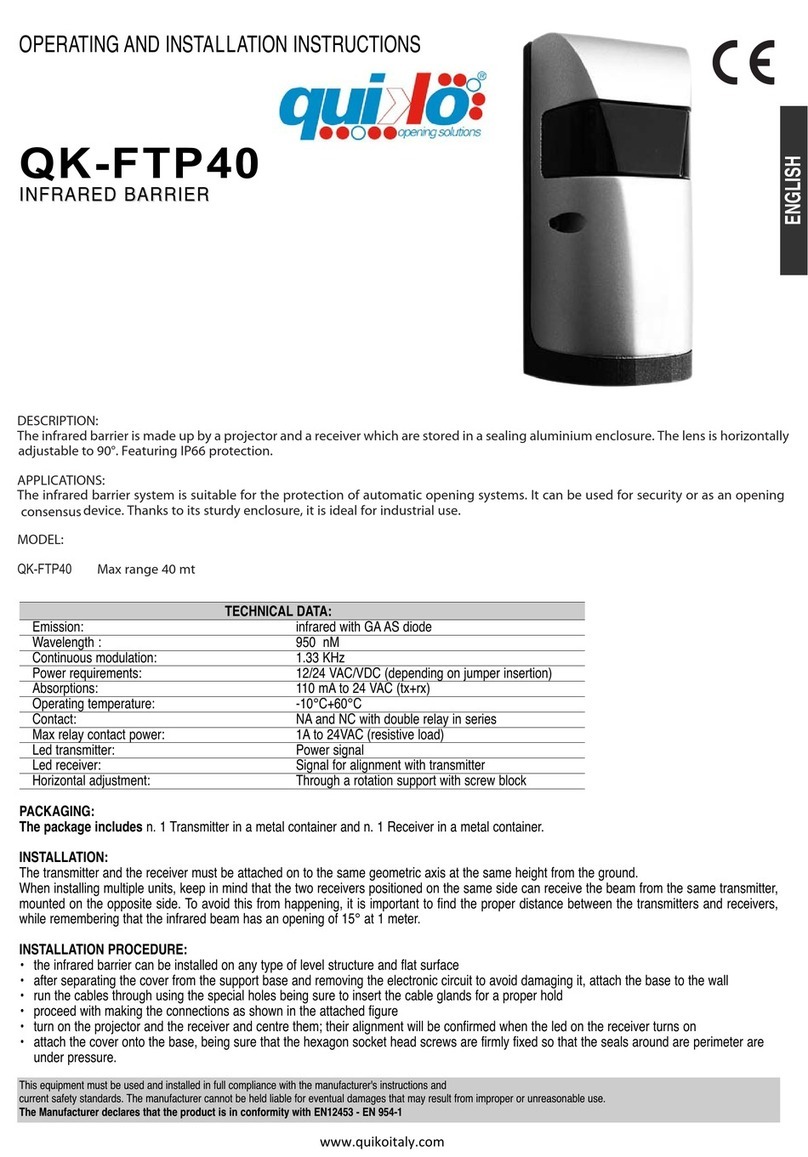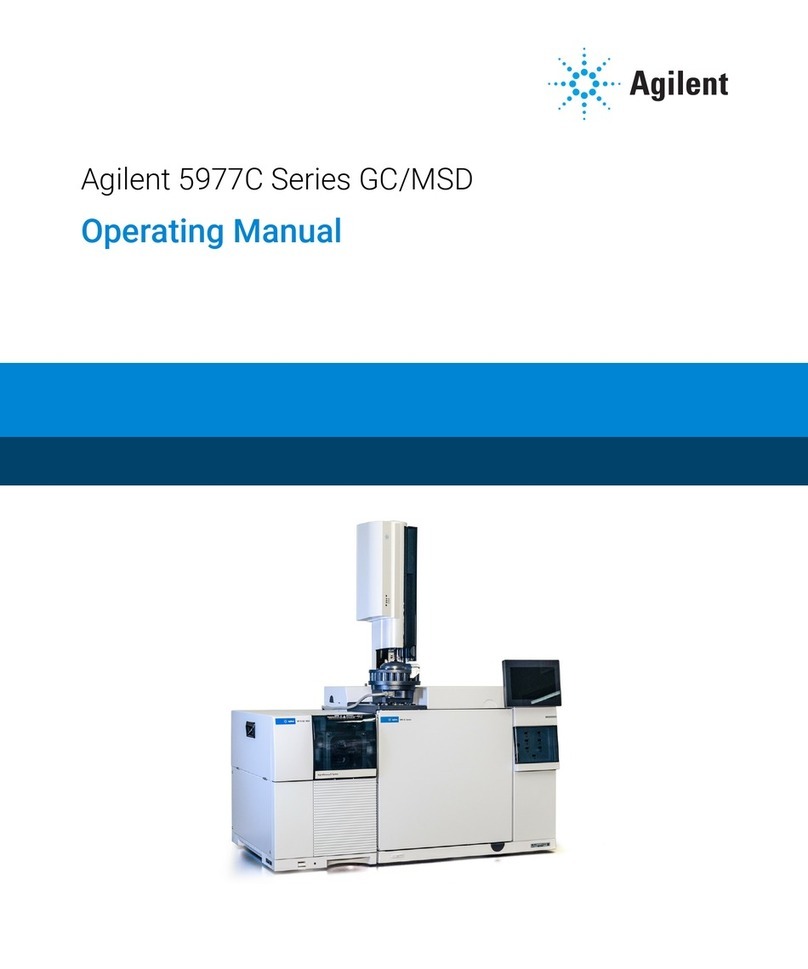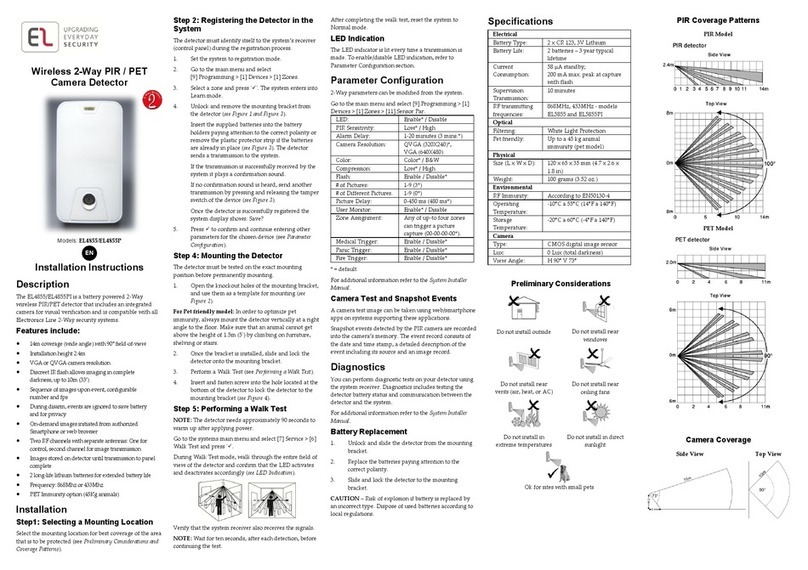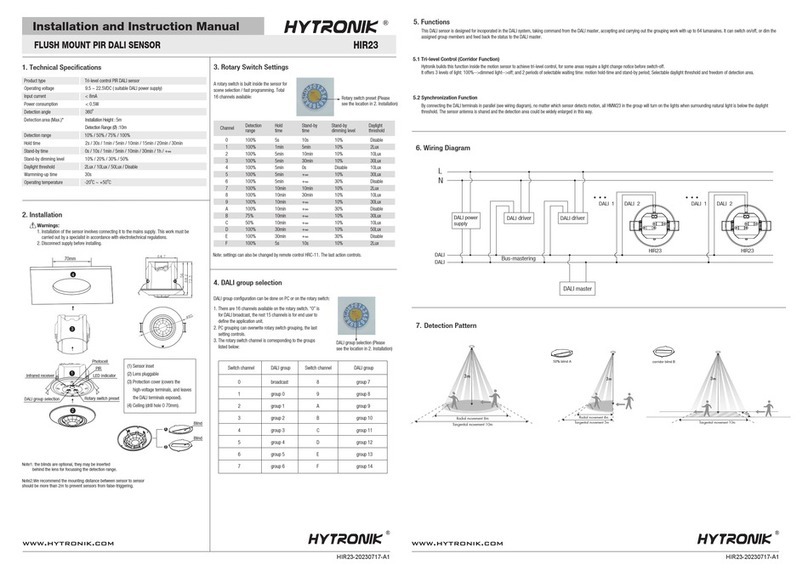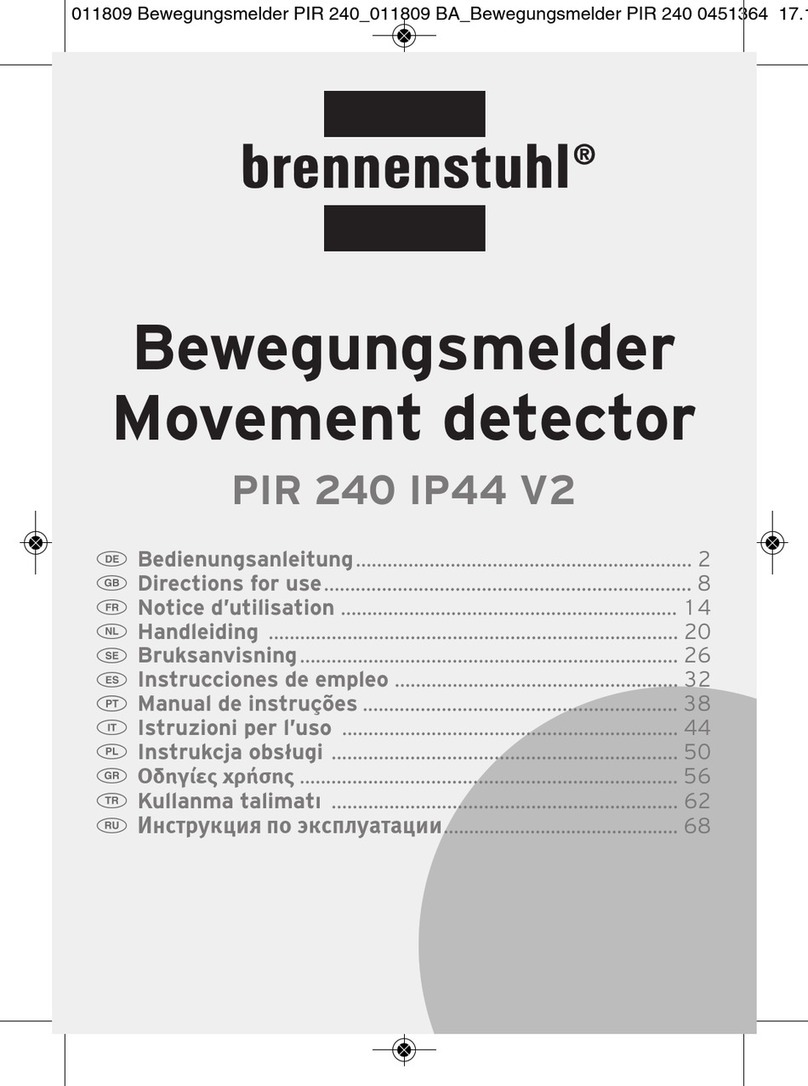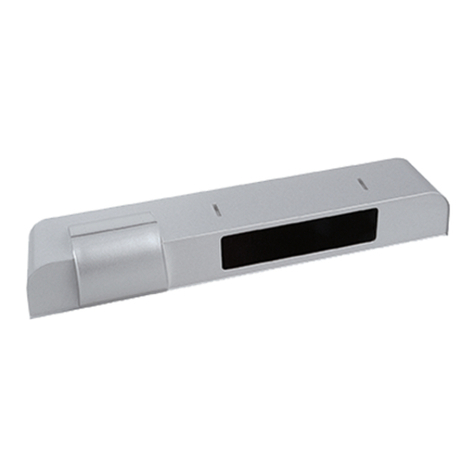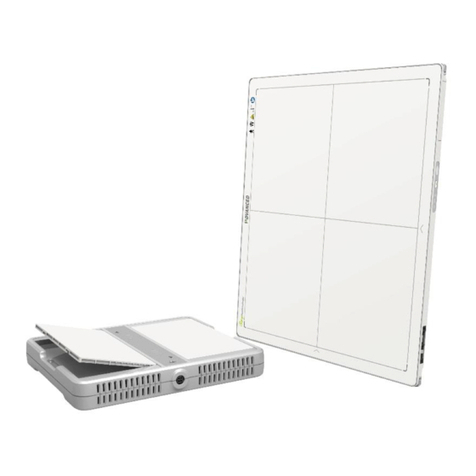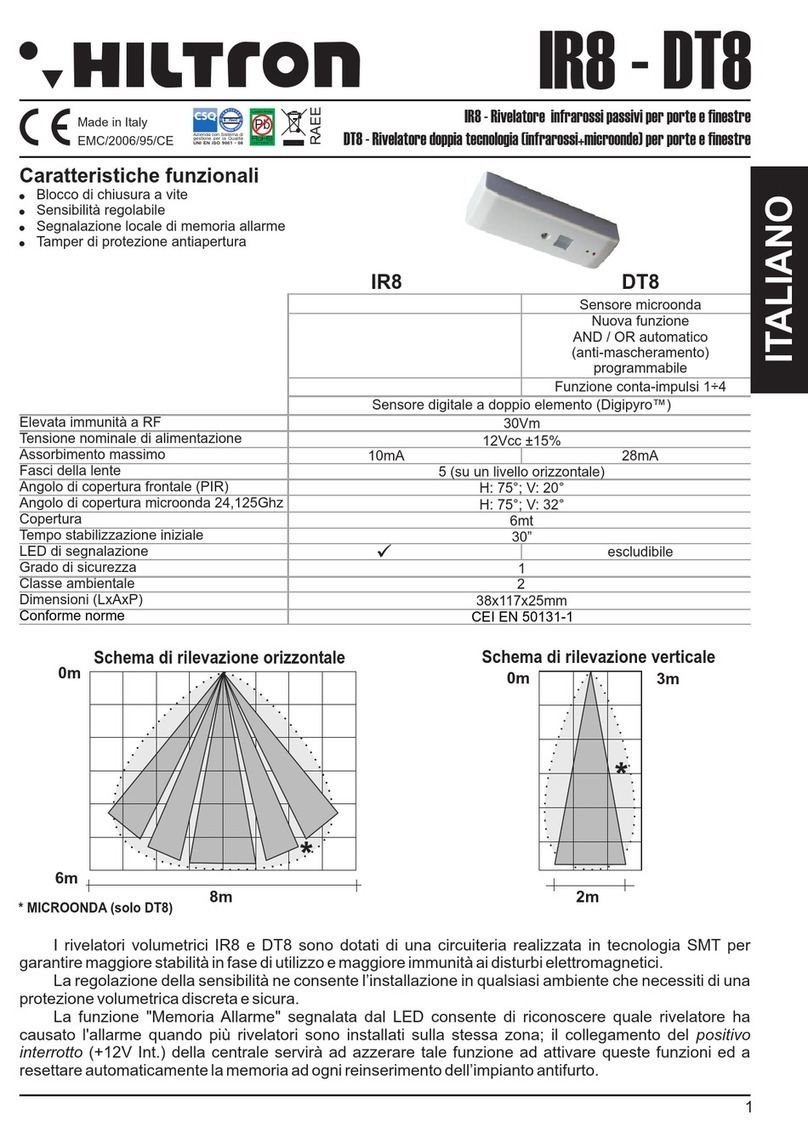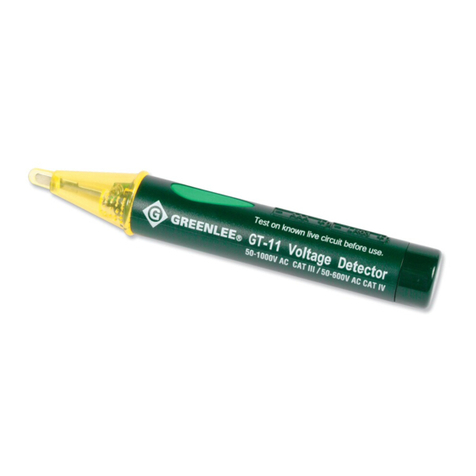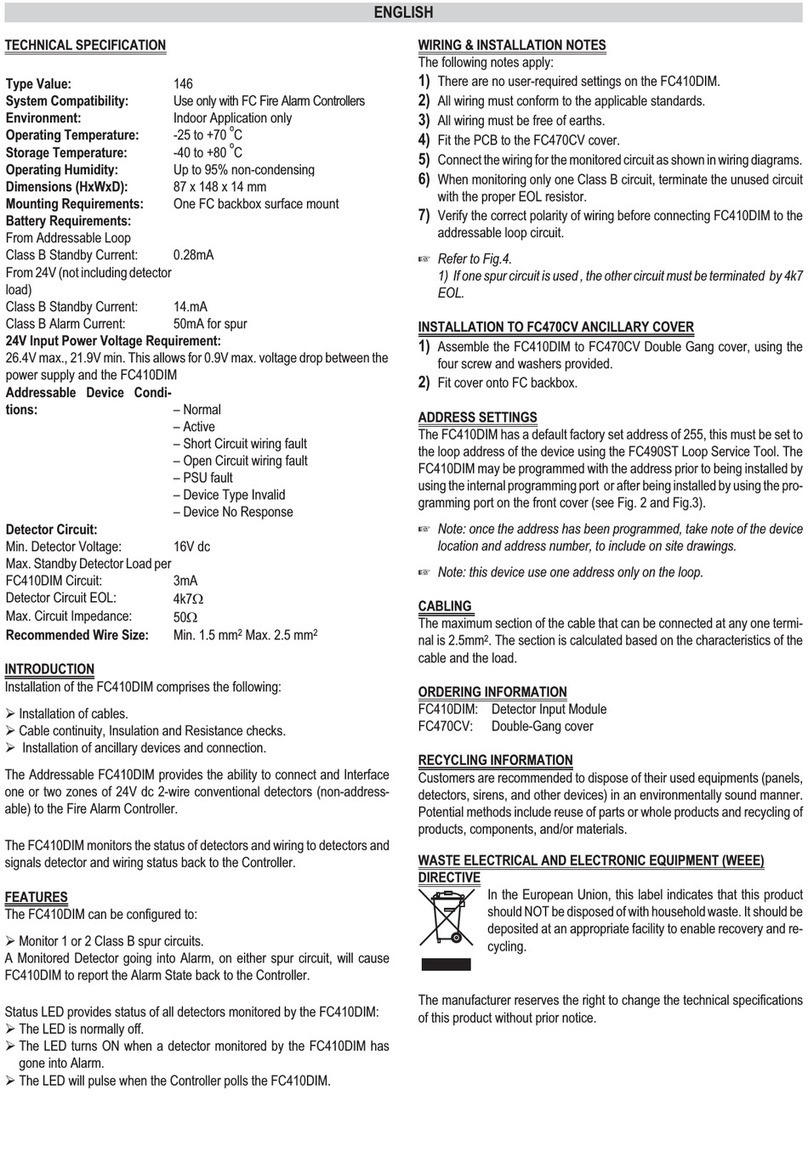
PAGE 18 — ECHO BARRIER • USER MANUAL — REV. #0 (09/14/18)
PERFORMANCE GUIDE
The capacity of materials to absorb sound ranges from
0 (total reflection of sound) to 1 (100% absorption of
sound, i.e. zero reflection). Hard materials such as wood,
PVC, steel and glass in fact behave like acoustic mirrors,
reflecting sound that strikes them and creating an echo.
This means that a barrier made of hard materials can
cause noise to be amplified rather than mitigated, the
opposite of its intended effect. By contrast, the patented
high-tech composite that forms the heart of Echo Barrier’s
panels ‘cushions’ and absorbs the noise. In fact, at certain
frequencies it absorbs 100% of sound.
The soft, sound-absorbent materials used in basic ‘sound
blankets’ and conventional acoustic barriers, such as
fiberglass and Rockwool, are hazardous to handle.
Echo Barrier’s innovative panels, however, contain no
hazardous components, and are easy and safe to handle.
Moreover, Echo Barrier’s lightweight composite vastly
outperforms conventional sound-absorbent materials when
it comes to attenuating low-frequency sound.
Conventional materials such as fiberglass and Rockwool
also soak up water, which can reduce their performance by
50%. Echo Barrier’s innovative composite is protected (to
BSEN60529:1992 IPX6/IPX9) by a waterproof membrane,
so that Echo Barrier panels can withstand wet weather
conditions and be jet-washed safely, with no risk to their
efficacy.
Barrier Mass
Mass and Weight: An Effective, Practical Balance
Generally speaking, the mass of a barrier has a major
impact on the transmission of sound: the heavier the
material, the less it vibrates, and consequently less
sound passes through it. In practice, more sound tends
to pass over a barrier rather than through it, so it can be
advantageous for a barrier to be taller rather than simply
greater in mass.
For a portable noise barrier to be both effective at noise
mitigation and physically manageable, it needs to strike the
optimum balance between mass, weight and dimensions.
Echo Barrier’s modular system of compact panels has been
specifically conceived with this optimum balance in mind.
At the heart of each panel is Echo Barrier’s lightweight,
but highly sound-absorbent composite. The panels have
been designed for easy and rapid configuration in order
to provide maximum noise mitigation across diverse site
geometries. The various components of Echo Barrier’s
system can be positioned, combined and layered to provide
the best possible response to the particular conditions
and challenges of a project. To create an acoustic wall
or curtain, they can be linked both vertically and laterally,
or doubled up in thickness (which substantially increases
noise mitigation).
Intelligent Design
The absorption of low-frequency sound achieved by
Echo Barrier’s patented composite is comparable with the
performance of conventional sound-absorbent materials
that are more than twice as thick. As a result, Echo Barrier
panels are much slimmer and lighter than conventional
acoustic barriers—and they offer the same level of
performance under both dry and wet conditions.
If barriers are to achieve optimum mitigation of noise, they
must be particularly effective at absorbing frequencies in
the 300 Hz – 800 Hz range (low/medium frequencies).
Higher frequencies, by comparison, are relatively easy to
block. Any sound-absorbing barrier (including Echo Barrier’s
panels) needs to be a minimum of 25 mm (1 in.) thick to
be effective.
To absorb low frequencies (e.g. 250 Hz), conventional
sound-absorbing materials need to be 100 mm (4 in.) thick.
As a consequence, basic sound-absorbent blankets can
become excessively heavy and cumbersome if they are to
be effective across the full range of sound.These problems
do not occur with Echo Barrier’s modular range of acoustic
panels, which are lightweight and can easily be layered to
provide extra thickness and sound mitigation.





















